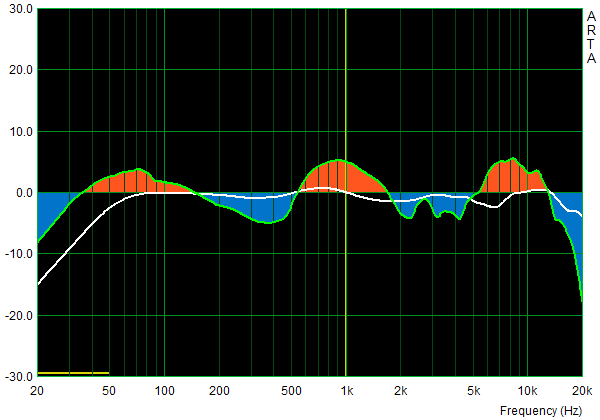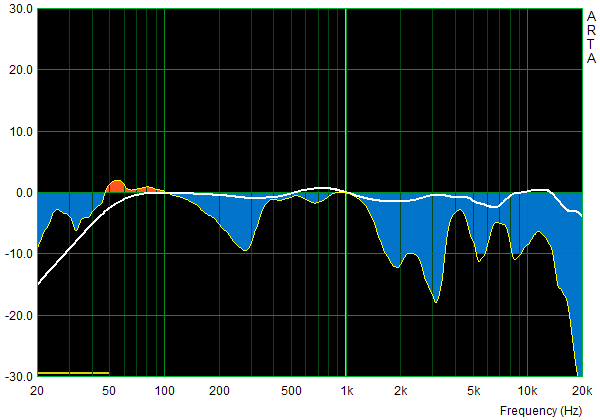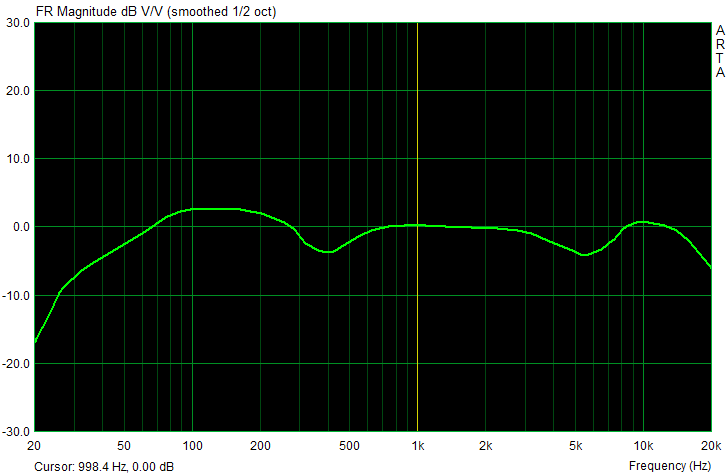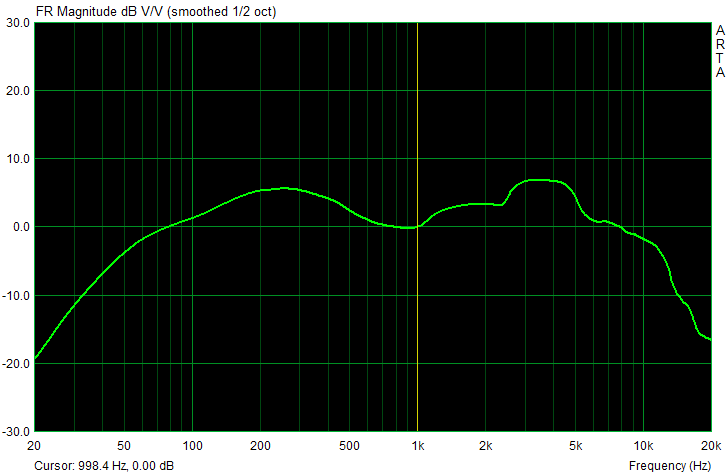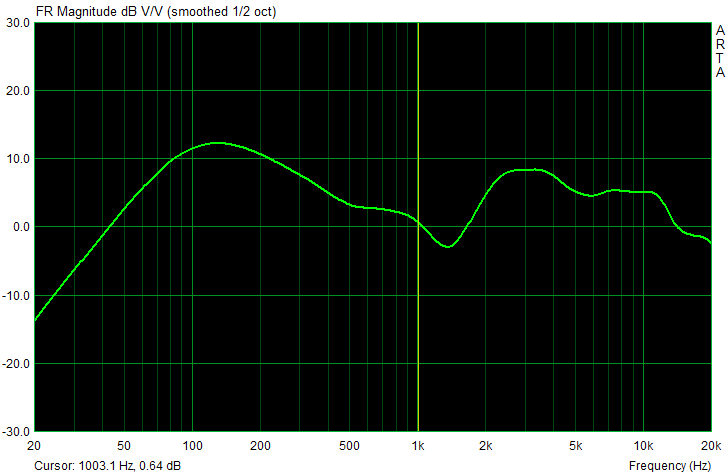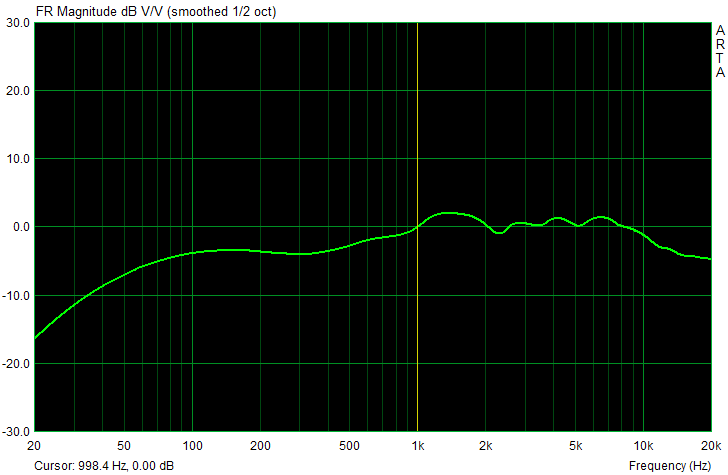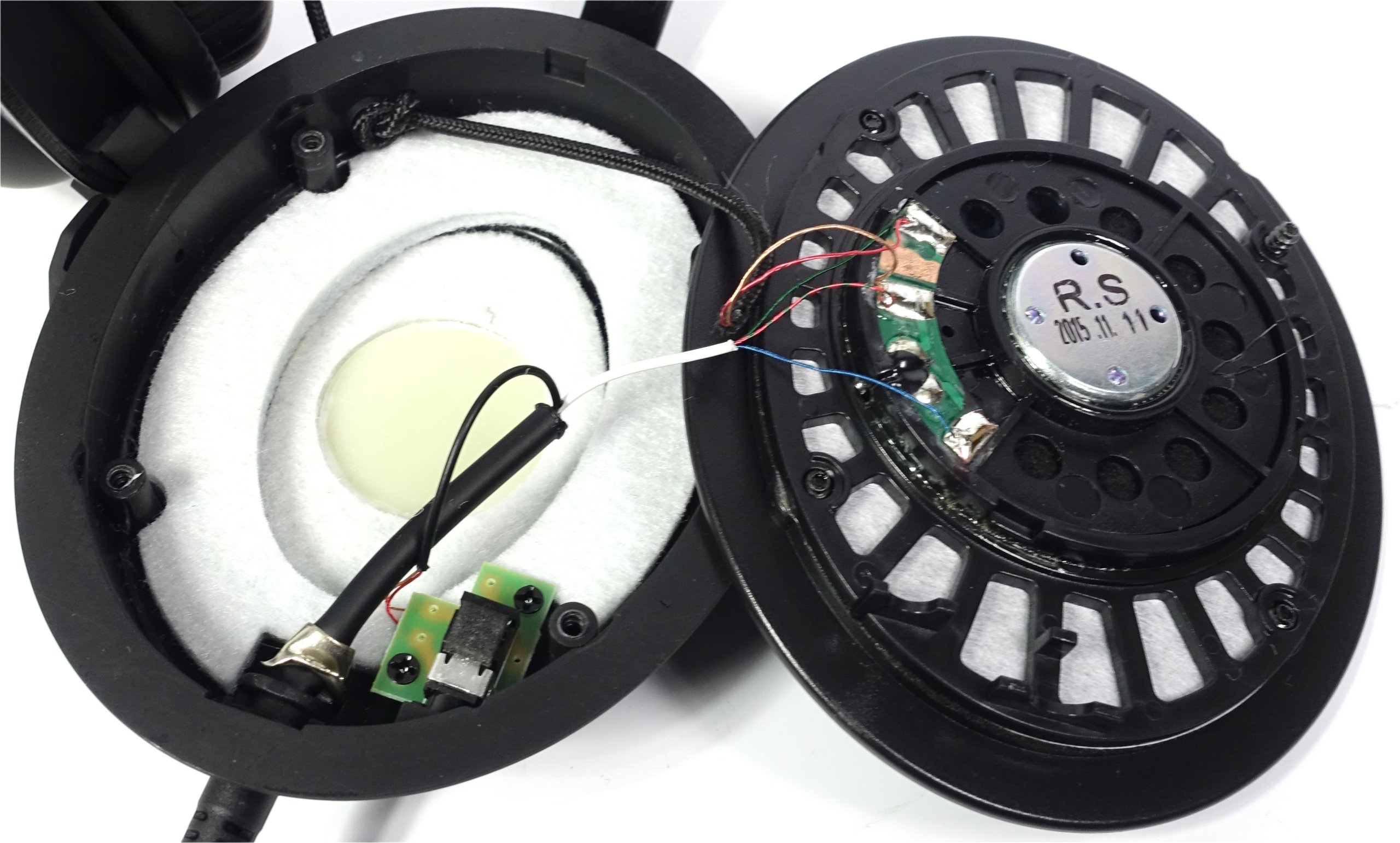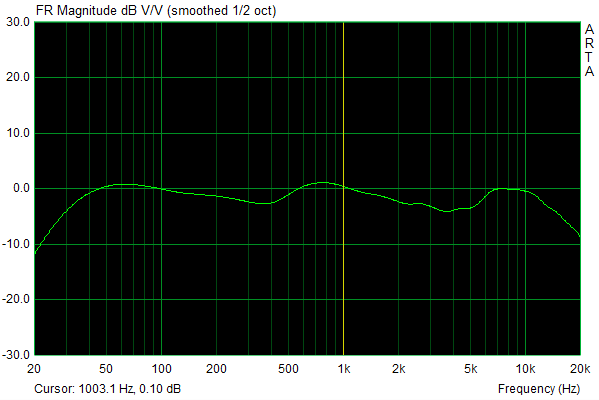Legacy Headset Benchmarking Methodology
Sound Design: Marketing Gimmick Or Force Multiplier?
In order to illustrate some of what can go wrong with sound design, or the deliberate modification of sound reproduction through under- or over-emphasizing individual frequency ranges, we selected two headsets to serve as examples.
The thick white line indicates the frequency response of truly neutral headphones with excellent reproduction properties. To this reference, we compare a rather average stereo gaming headset with the typical bathtub sound, where bass and treble are clearly overemphasized to provide the illusion of good sound. Furthermore, the sweet spot at 1 kHz acts as a honey pot, since standard measurements use this mark as their default point of reference. Red areas indicate over-emphasis, while blue areas are under-emphasized frequency ranges.
According to marketing specialists, the crown of sound evolution should go to real 5.1- or 7.1-channel headsets with several drivers per earpiece (and possibly some kind of subwoofer). But even one of the expensive models we tested ended up demonstrating the audio qualities of a submarine:
Why on earth would any company try selling such a travesty as a gaming-oriented peripheral?
To be fair, none of the companies marketing gaming headsets manufacture their own hardware. Instead, they rely on ODMs that typically have canned solutions ready to go. In the end, differentiation is only possible through unique looks and a bit of tuning.
Sound Design By Ear Pad
The pictures below show a headset that could have been great. Its attenuation is just right, and the manufacturing quality is excellent. But whereas this model's predecessor impressed us with almost linear reproduction, the newest implementation's results reveal some issues.
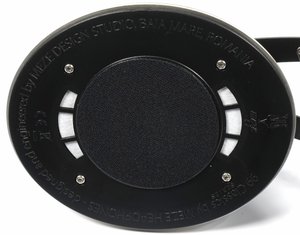
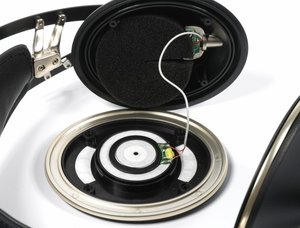
Flaws in this set's sound quality are introduced by nothing more than the utilization of sub-par ear pads. What may have been intended as an improvement quickly turns out to be the opposite.
Get Tom's Hardware's best news and in-depth reviews, straight to your inbox.
Beware of seemingly plush gaming headsets with thick bulges, cheap foam, and cloth covers. They might look good or feel comfortable, but then disappoint with their acoustic performance.
Sound Design Through Additional Volume
It gets worse, though. Take a hollow plastic chassis, forget about insulation and attenuation entirely, and don't be surprised when the outcome is dismal.
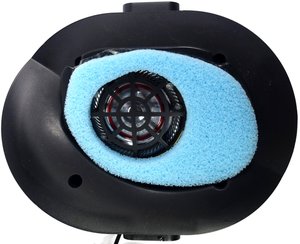
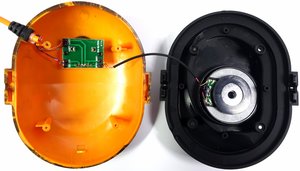
The result is a bass bomb of the worst kind, since small enclosures aren't really suitable for bass at all. There's no level stability, the measured transient response is poor, and upper-mid/treble ranges are extremely exaggerated. In order to simulate low frequencies that aren't actually there, the corresponding range is raised by an extreme 250 Hz, yielding a cardboard sound that's noisy and rumbling like the cheap equipment found blaring at parties.
Sound Design Through A Statically-Tuned Resonant Body
Beyond exaggerating the level of individual frequency ranges through driver selection, it's also possible to affect response using various tricks in the body's internal design.
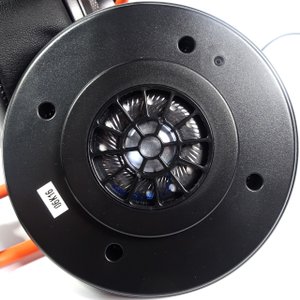
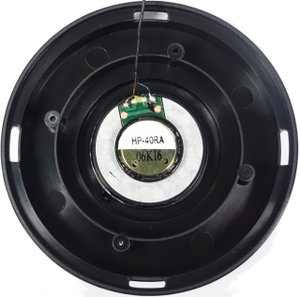
The result can sound really bad. But at least the lower sound range's center is shifted down to qualify as upper-bass.
Tuning, Rather Than Detuning
Not all manipulation is bad. There are also positive examples of sound design that try mitigating low-cost manufacturing and compensate for inherent weaknesses. The options that ODMs offer, such as various openings for correcting attenuation, modify the sound by either raising or lowering each frequency range.
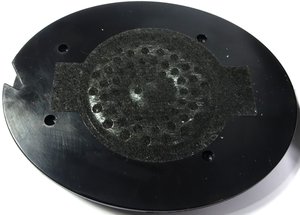
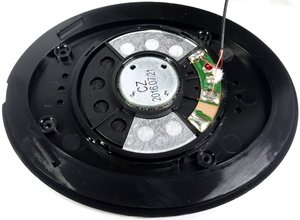
The following response graph is much better, even if it lacks bass. Properly tuning the output device could help compensate for that, though.
Sound Design Done Right!
We even have some really positive examples of sound design in our lab, such as the Qpad QH-90, based on passable Takstar stereo headphones. For those, the manufacturer acts as an ODM and applies its know-how in all the right ways. In addition to properly tuning the resonant body, it also provides some appropriate attenuation.
The result is not entirely linear, but it's just right for gaming. You get a good combination of precision, positioning, and detailed reproduction, even when you use the headset for listening to movies and music.
MORE: Best Deals
Current page: Sound Design: Marketing Gimmick Or Force Multiplier?
Prev Page Spatial Hearing, Surround Sound & A Lot Of Voodoo Next Page Human Language, Animals & Movement
Igor Wallossek wrote a wide variety of hardware articles for Tom's Hardware, with a strong focus on technical analysis and in-depth reviews. His contributions have spanned a broad spectrum of PC components, including GPUs, CPUs, workstations, and PC builds. His insightful articles provide readers with detailed knowledge to make informed decisions in the ever-evolving tech landscape
